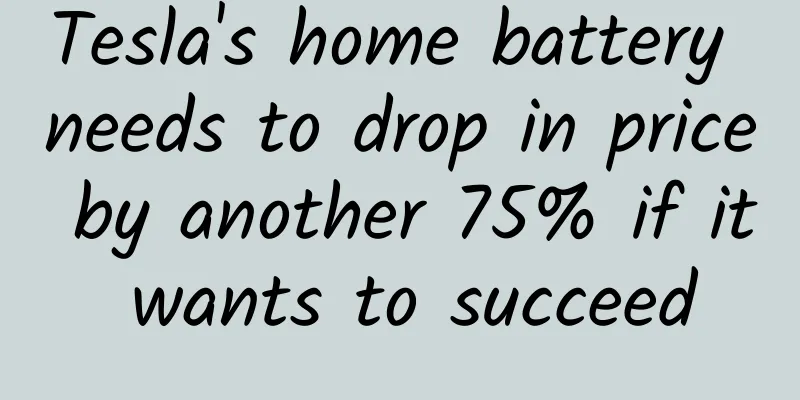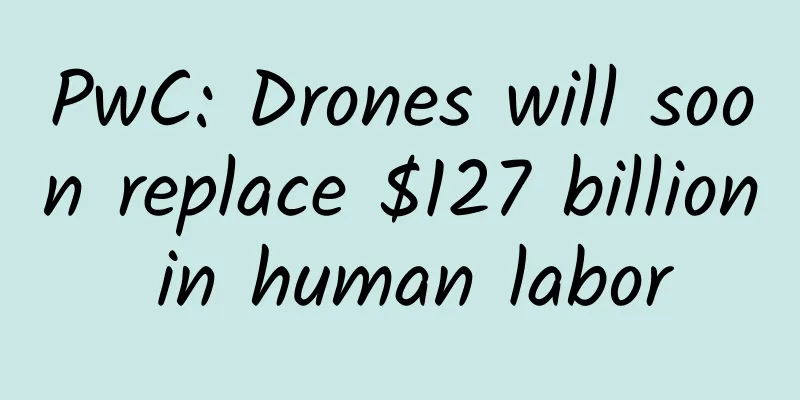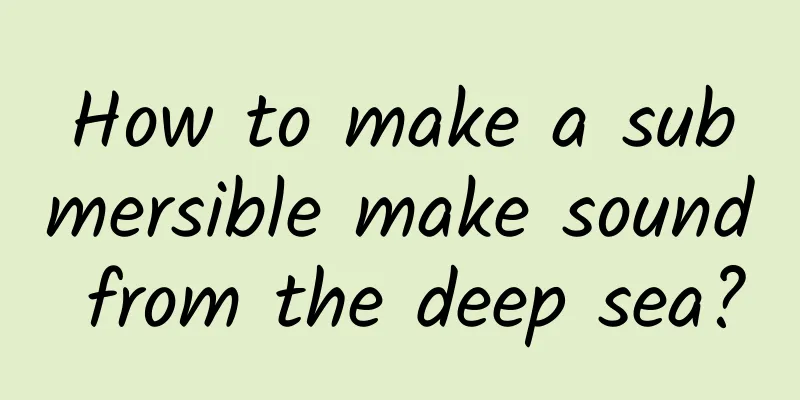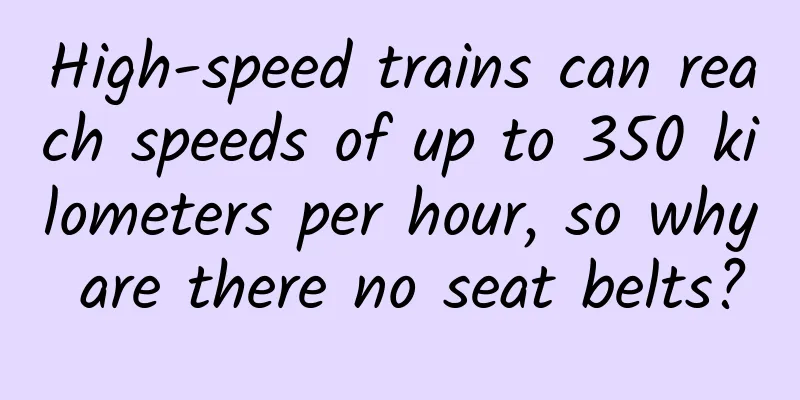Tesla's home battery needs to drop in price by another 75% if it wants to succeed

|
Tesla officially unveiled its latest home battery, the Powerwall, on Thursday, and it's certainly a major step for the company into a new area, but can Tesla's new battery be successful in a market where competitors are cloud-like and battery prices are under significant pressure? Today, Tesla is trying to dominate the emerging battery market, but the Tesla brand seems to lack a strong enough influence in this field. At the same time, some energy experts also claim that Tesla faces a large number of competitors and hostile technologies in the battery field. In addition, Tesla faces many challenges - including how to reduce the price of Powerwall to a level that can promote support from price-sensitive consumers. Tesla announced Thursday that it is repackaging the lithium-ion batteries it currently uses in its electric vehicles to sell them as energy storage devices for homes, businesses and public utilities. The new battery packs can be charged when electricity is cheap and plentiful, and can provide power when it is expensive or scarce. So far, the battery market, while growing rapidly, remains small: About $128 million worth of such batteries have been installed in the U.S., according to GTM Research, a market research firm focused on the renewable energy industry. Most of these batteries are installed in public utilities, while only 1% are installed in homes. Tesla plans to change this. At an event on Thursday, Tesla CEO Elon Musk officially announced the Powerwall battery product. Musk also said that Tesla "will work hard to change the basic energy architecture of the world." Just a few days before the announcement of the launch of the new battery, Tesla's stock price rose by about 6%. However, in regular trading on the U.S. stock market on Friday, Tesla's stock price did not continue to rise, but fell by $0.02 to close at $226.03, a drop of 0.01%. Several companies, including Sungevity and Sunrun, are planning to offer battery systems for home consumers with solar panels, and their prices are very competitive with Tesla. Some larger users, including Sunverge Energy, Stem and Greencharge Networks, also offer lithium-ion batteries made by companies such as LG Chem and Samsung at a variety of price points. Other companies also sell so-called flow batteries, which can be widely used by giant companies such as public water and electricity utilities. “There are so many companies out there trying to compete for a market that doesn’t really exist,” said Haresh Kamath, an energy storage expert at the Electric Power Research Center in California. “Tesla is betting that it can make something compelling that consumers will buy — just like Apple made the iPhone.” Mr. Kamath said Tesla would need to sell eight home battery systems to match the amount of battery pack in a Tesla car. Venkat Srinivasan, director of the Lawrence Berkeley National Laboratory in the United States, believes that some consumers who are keen on environmentalism may choose similar home battery packs produced by Tesla. However, Tesla needs to reduce the sales price by about 75% before these batteries can become mainstream. He said, "The huge competition will cause the price to fall." Tesla claims it can solve this problem. For example, Tesla is working with Panasonic to build a large battery factory. In fact, Panasonic already produces batteries for Tesla electric vehicles. Tesla revealed that this new factory may reduce the cost of battery production by about 30%. For the average home consumer, Tesla will offer a 7 kWh system for $3,000, while a 10 kWh pack will cost $3,500. Since each home has a 2 to 5 kW load, such a pack can power a home for several hours. Or, in other words, during the night when the solar panels are not generating electricity, such a pack can run everything a home needs - including a refrigerator, microwave, lights and fans, etc., as long as the solar panels are fully charged during the day. Tesla's new battery pack, which can last for 10 years, will be installed on the wall near the solar panels. At the same time, a special controller will be installed between the battery and the solar panel, which will decide when to put the power into the grid or when to charge the battery pack. Such intelligent control devices will also decide when to extract the power from the battery pack. Batteries are only a small part of the cost of a complete solar/storage system. An integrated system, including solar panels, batteries and inverters, smart controllers, building permits, labs, etc., costs about $20,000 or more. Ravi Manghani, an analyst at GTM Research, said that the price of Tesla's installed battery packs and other equipment is at the low end of the current energy storage equipment market. Data shows that the current energy storage equipment market price is about $800 to $2,000 per kilowatt-hour. Manghani predicts that these installation prices need to drop by more than half to less than $500 per kilowatt-hour to attract a large number of users. However, there are other consumers of energy storage devices that are interested in low-cost energy storage devices. Business users often pay additional charging fees based on their maximum power needs. These companies have already begun using these devices to reduce their energy usage and corresponding expenses. Utilities themselves are interested in using larger battery systems to help them use more electricity from solar or wind, thereby keeping their grids stable and reducing the need for expensive grid upgrades. Utilities believe energy storage will become a necessary part of the power system in the coming years as large amounts of renewable energy are added to the grid, said Mark Rawson, director of technical operations at the Sacramento Metropolitan Utility District in California. Lausun said that the lithium-ion technology used by Tesla now looks good, mainly because it can absorb and release electricity relatively quickly, can pass through many charging and discharge networks, and will not fail. However, Lausun also said: "I am not saying that Tesla's technology is a new technology that cannot be surpassed. In fact, there are many innovative technologies emerging all the time." As a winner of Toutiao's Qingyun Plan and Baijiahao's Bai+ Plan, the 2019 Baidu Digital Author of the Year, the Baijiahao's Most Popular Author in the Technology Field, the 2019 Sogou Technology and Culture Author, and the 2021 Baijiahao Quarterly Influential Creator, he has won many awards, including the 2013 Sohu Best Industry Media Person, the 2015 China New Media Entrepreneurship Competition Beijing Third Place, the 2015 Guangmang Experience Award, the 2015 China New Media Entrepreneurship Competition Finals Third Place, and the 2018 Baidu Dynamic Annual Powerful Celebrity. |
<<: Artificial intelligence is on the rise, and high-end talents are in high demand
>>: Is the era of pirated broadcasting 2.0 here? The "overstepping the line" videos in the box
Recommend
Mobile games are now on the news broadcast, what are you waiting for?
[[125808]] On the evening of January 4, the first...
Why does sending voice messages on WeChat indicate low emotional intelligence and impoliteness?
Many people may have had this experience: when yo...
Hua Luogeng: There is a way to become a self-taught person
November 12th is the 111th birthday of Hua Luogen...
Channel promotion: How to bring better quality volume with less money?
The concept of the "second half of the Inter...
Introduction to 360 display advertising resources promotion!
360 Dianjing display advertising helps you achiev...
Gasgoo: In the first half of 2022, the sales volume of 10 multinational automakers in China was 1.47 million.
According to data from the China Association of A...
Are species more abundant where wildfires occur frequently? Plants are more resistant to fire than we thought
Wildfires cannot be extinguished, and spring bree...
Qingwei Class 2020 Ancient Style Illustration Devil Training Class
: : : : : : : : : : : : : : :...
How much does it cost to develop an electrician mini program in the Heze market?
How much does it cost to develop an electrician m...
Japanese movie "Rurouni Kenshin" live-action version of the four-part series HD Japanese subtitles (2012-2021) collection Baidu cloud download
Japanese movie "Rurouni Kenshin" live-a...
Watch industry executives: Smart watches are too ugly
Apple has hired Patrick Pruniaux, vice president o...
Is human security threatened? You should know the 9 safety limits to keep the Earth habitable
Recently, Netflix in the United States released a...
QQ was permanently banned. How did I get it unblocked after more than 200 days?
I believe many people have had the experience of ...
How to establish a complete user growth system?
The Internet has entered the second half of its e...









